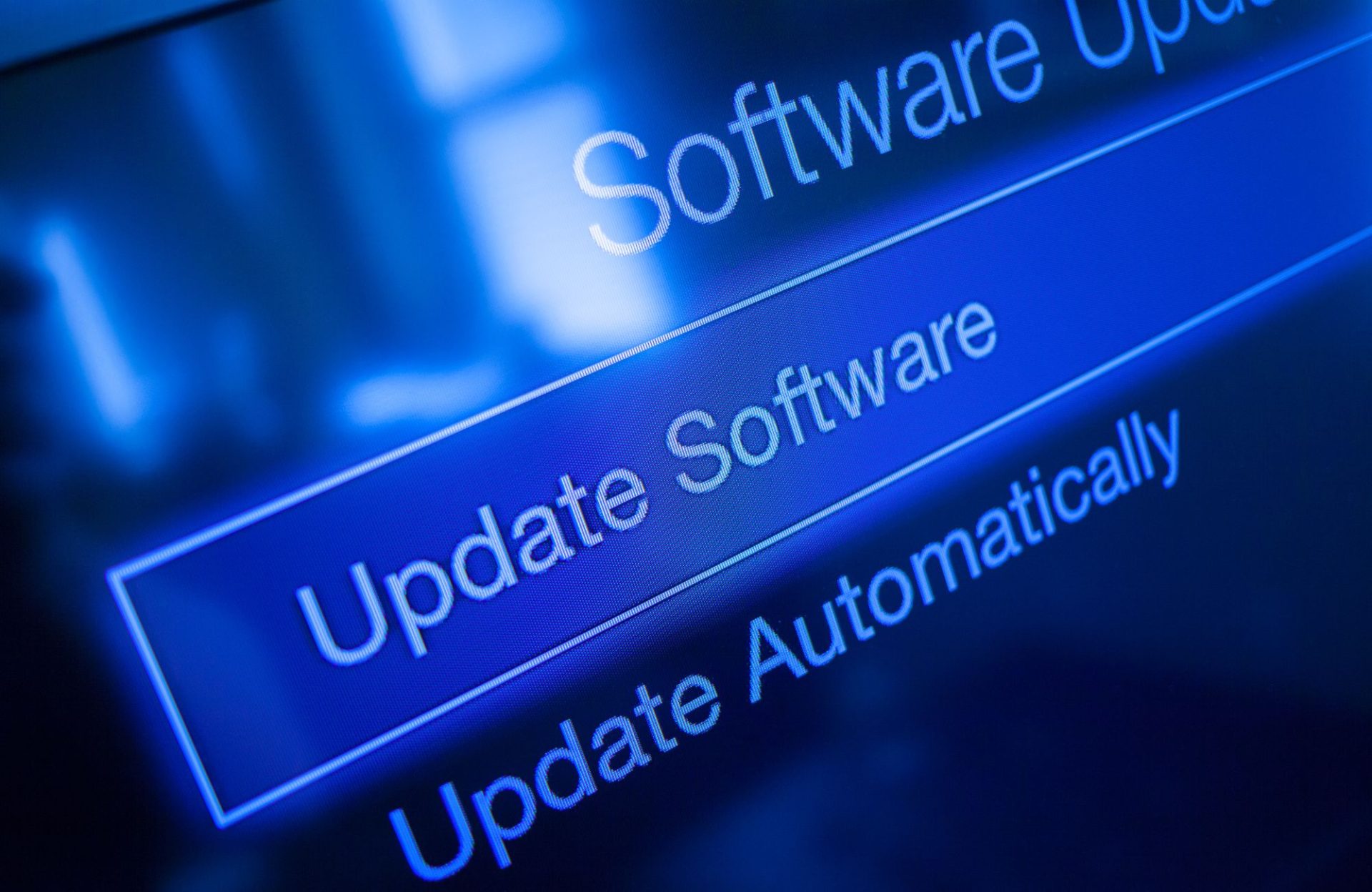Global warming and climate change are very real. Scientific studies show that our planet is warming at an unprecedented rate and the overwhelming evidence shows that this trend is attributable to human activity since the mid-twentieth century. There has been a strong shift in recent years for businesses to reduce their carbon footprint by limiting their use of fossil fuels, such as oil, coal, and natural gas, and move toward more renewable sources of energy such as solar, wind, and geothermal.
Wind power is a form of clean energy that has been around forever. A small sailboat on the water uses wind to direct its course. Using windmills for electricity is something most people are familiar with. Farmers used wind power centuries ago to grind grain, pump water and more. Today’s wind power uses the same principles that farmers used in the past, but the method has evolved considerably.
How Does Wind Power Work?
Wind power creates electricity using the air flows that occur naturally in the earth’s atmosphere. Wind turbine blades capture kinetic energy from the wind and turn it into mechanical energy, spinning a generator that creates electricity. Today’s wind turbine has evolved greatly from the windmills of yesterday. The average height for a wind turbine is around 260 feet. A typical modern turbine generates usable amounts of power over 90% of the time, making it extremely efficient. The turbine starts to generate power when wind speeds reach 6-9 miles per hour and cut off at about 45 miles per hour to prevent damage to the equipment.
Placement of Wind Turbines
Wind turbines are often placed together in a typically windy area, such as the higher points of a mountain range. Wind speeds increase with height, so the higher the placement of the tower, the more power the wind system can produce. However, there are other locations that can work as well. Turbines may also be placed in an open farm area, where the wind strength is not diminished by trees or buildings. A third location is the offshore wind farm. These are located in large bodies of water and capitalize on the more frequent and powerful winds that occur in these areas.
The Growth of Wind Power in the U.S.
According to the American Wind Energy Association, the U.S. wind industry grew 9% in 2017, adding more than 7,000 megawatts of new wind capacity. There are now over 54,000 wind turbines with a combined capacity of 89,379 megawatts operating in 41 states, plus Guam and Puerto Rico. U.S. wind power has more than tripled over the past decade and today is the largest source of renewable generating capacity in the country.
A few interesting statistics:
• The U.S. wind industry has invested over $14 billion in new wind projects over the last decade.
• Corporate purchasers of wind energy include AT&T, Nike, T-Mobile and Facebook.
• The deregulated energy market of Texas leads the nation with more than 24,000 people employed in the wind industry.
Benefits of Wind Power
As a clean, renewable resource, the benefits of using wind power energy are many:
• Money to landowners: Wind energy is a drought-resistant cash crop that farmers and ranchers rely on to make a living and keep their land in the family. During 2016, U.S. wind projects paid at least $245 million in lease payments to landowners. The local taxes they pay help rural communities afford teachers, ambulances and roads.
• Help for economy: Wind power pumps billions of dollars into our economy every year, particularly into rural areas where over 99 percent of wind farms are located, with 71 percent of those residing in low-income counties.
• New Job Creation: According to the Department of Labor, the fastest growing job in America is “Wind Turbine Technician.” Wind energy supported over 100,000 well-paying American jobs in 2017, including 25,000 manufacturing jobs.
• Breathe Easier: Wind power produced $7.4 billion a year in public health savings in 2016 by cutting pollutants that create smog and trigger asthma attacks and other lung diseases, according to the Harvard School of Public Health.
Businesses are buying more wind and solar electricity than ever before to help lower their carbon footprint in offices, stores and factories. Wind energy is significantly outpacing solar energy. Businesses, excluding power companies, signed 2,000 megawatts of it in 2015, a jump from 100 megawatts in 2009, according to the American Wind Energy Association. Wind energy is enabling Google, the largest corporate buyer of renewable electricity in the world, to hit the 100% renewable energy goal, which it did by the end of 2017.
Reducing energy costs for your business by adding a wind electric system takes some thorough planning. Here are some of the details to consider:
• Estimate your wind resource. The location of your business and the placement of your wind system must be conducive to consistent and viable wind flow. Consulting a wind resource map from the U.S. Department of Energy would be a good place to start.
• Obtain Data from a Local Small Wind System. If there is a small wind turbine system in your area, you may be able to obtain information on the annual output of the system and wind speed data. This will help determine the feasibility of installing a wind system in your area.
• Consider Zoning Issues: Your town may have zoning restrictions that prohibit a wind system. Many towns have height restrictions on structures. Check with city officials first.
How Albireo Can Help
To truly understand if installing a small wind system is a viable option for your business, you need to rely on the experience of an expert in the energy field. Albireo’s team of experienced energy management consultants can help you manage your business’ energy needs. Our experts are available to meet with you and discuss our available renewable energy services, including wind power. Reach out to us today at [email protected] or call 800-201-3153. Let Albireo power your business.






